The Tesla 'Robotaxi', its self-driving coupé that shows the firm's vision for a global fleet of autonomous vehicles, is being showcased in the UK for the first time.
Officially named the Cybercab, it is on display at London’s Shepherd's Bush Westfield just over a month after it was launched at Warner Bros. Studios in the US alongside a larger self-driving 20-seat van that's dubbed the Robovan.
The two vehicles, both in concept form, have no steering wheels or pedals. Instead they operate using artificial intelligence and cameras rather than lidar sensors and in-built mapping software, as is more common on other autonomous vehicles.
They will also be capable of charging wirelessly, said Musk, so don't have charging ports like Tesla's conventional cars.
Touting the benefits of self-driving technology at an exclusive event called 'We Robot' in California, Musk said: “Think about the cumulative time that people spend in a car, and the time they will get back that they can now spend on their books or watching a movie or doing work or whatever.”
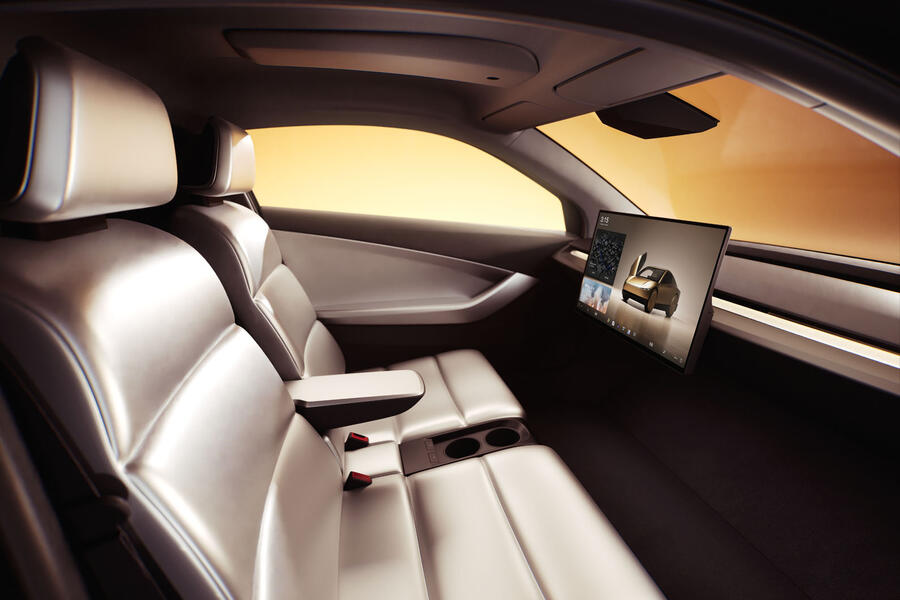
To that end, the Cybercab's cockpit is a minimalist affair, with two seats, two cupholders, an armrest and a large central touchscreen similar to that in the Model 3. There's also a large boot at the rear – but following in the footsteps of the prismatic Cybertruck, the Cybercab has no rear window.
Musk said Tesla hopes to be producing the Cybercab by 2027 and selling it to consumers at a projected $30,000 (£23,000) but offered no categoric timeline for the Robovan. He did not confirm any plans to launch the vehicles outside the US.
En route to putting the two new self-driving vehicles in production, Tesla plans to have "unsupervised" FSD (full self-driving) technology certified for use in the Model 3 and Model Y by 2025.
The firm has recently rebranded its current-generation FSD software as 'supervised', meaning a human driver must be 'hands on' in the car and paying attention to the road at all times, after US safety authorities expressed concerns over the AI-powered system's ability to respond to unpredictable scenarios.
“We’ll move from supervised Full Self-Driving to unsupervised Full Self-Driving, where you can fall asleep and wake up at your destination,” Musk said. "It’s going to be a glorious future.”
Musk envisions that the Cybercab and Robovan will operate similarly to ride-sharing services like Uber and Bolt, with people able to summon a vehicle using an app, and he suggested that owners of the cars will be able to hire them out.

The Cybercab has been in the works for years as part of Musk's bold plan to transition Tesla from a pure car firm to a robotics manufacturer, but its unveiling trails that of Mate Rimac's similarly conceived Verne robotaxi and comes four years after Musk had originally planned to have a fleet of robotaxis on the road.
Rival firms including Waymo, Cruise and Deeproute.ai already operate driverless taxis in various cities around the world, but no vehicle currently offers the sort of full autonomy (level five) that Musk plans for the Cybercab and Robovan.
Musk's uncharacteristic reluctance to confirm a planned launch date is recognition of the fact that Tesla's vehicles tend to come to market several years after he says they will. "I tend to be a little optimistic with timeframes," he joked at the Cybercab's unveiling.
Technical details of the Cybercab remain unconfirmed, but it is expected to use the new architecture that was destined for the long-mooted 'Model 2' – a conventional passenger car that was tipped to serve as an entry point to Tesla's ageing EV line-up before it was removed from the product plan in favour of robotaxis.

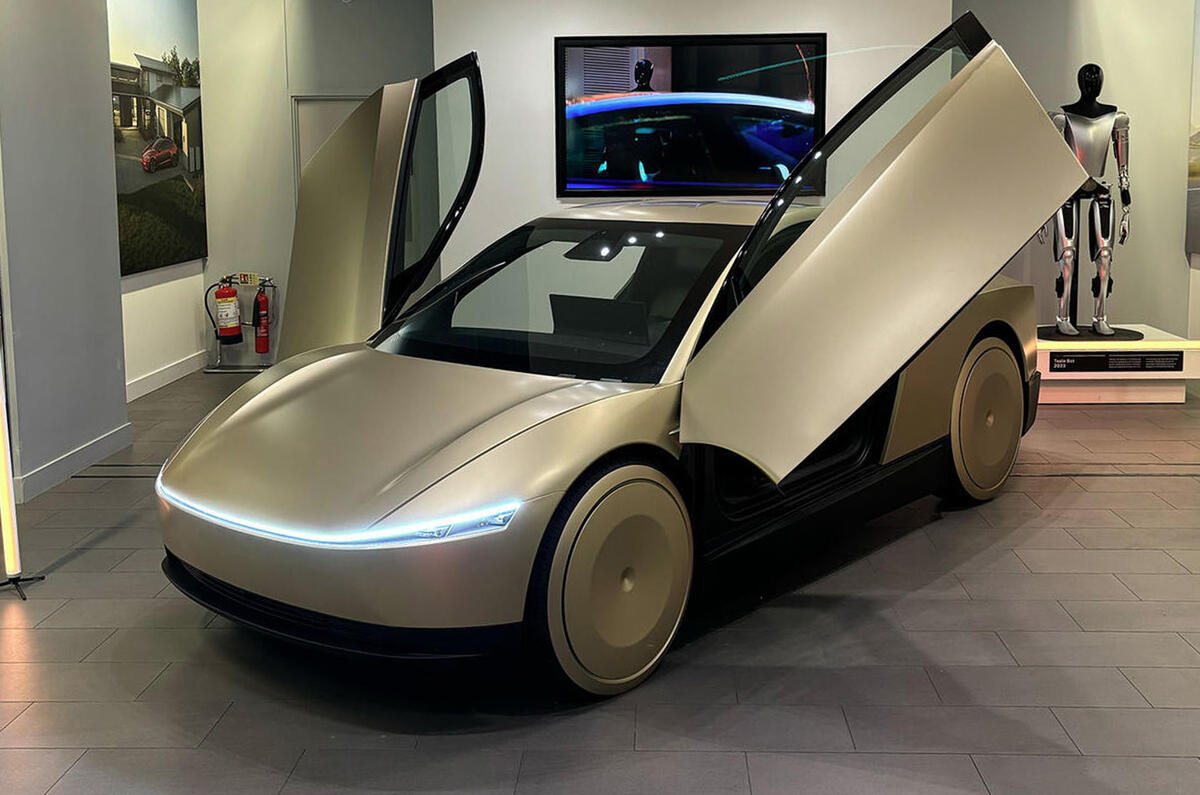
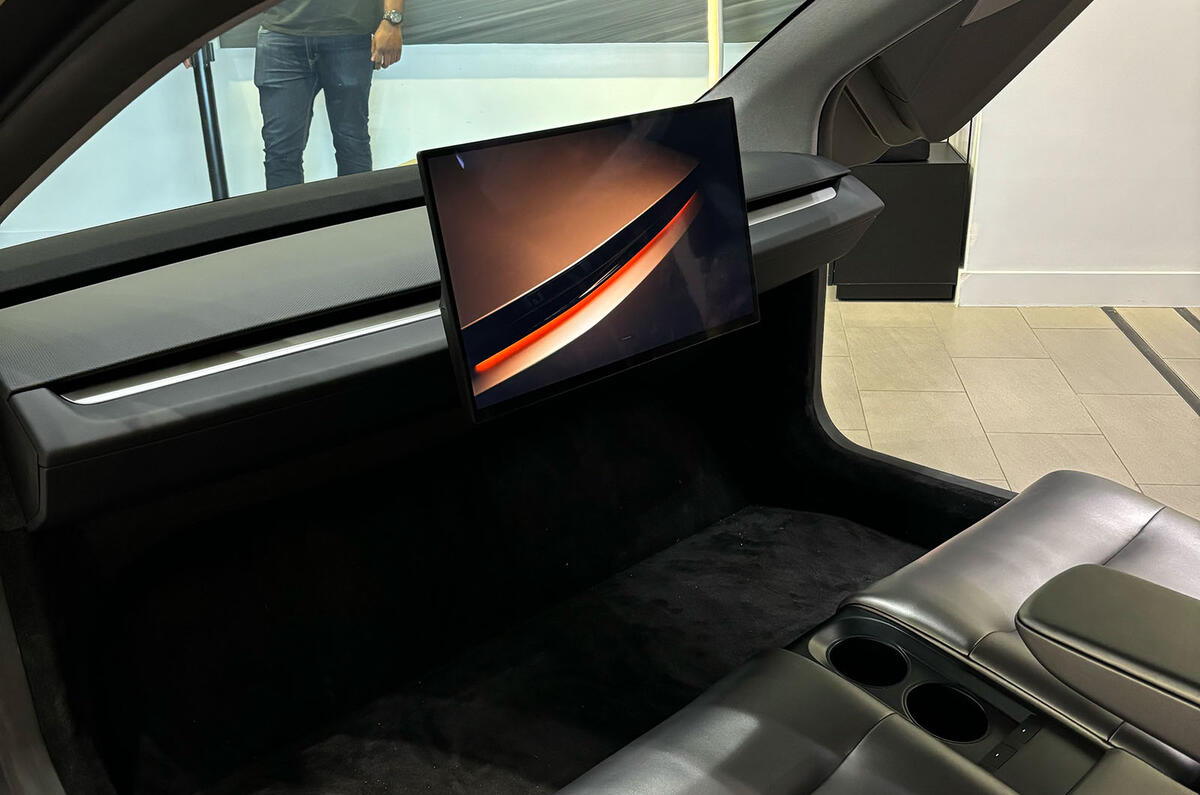
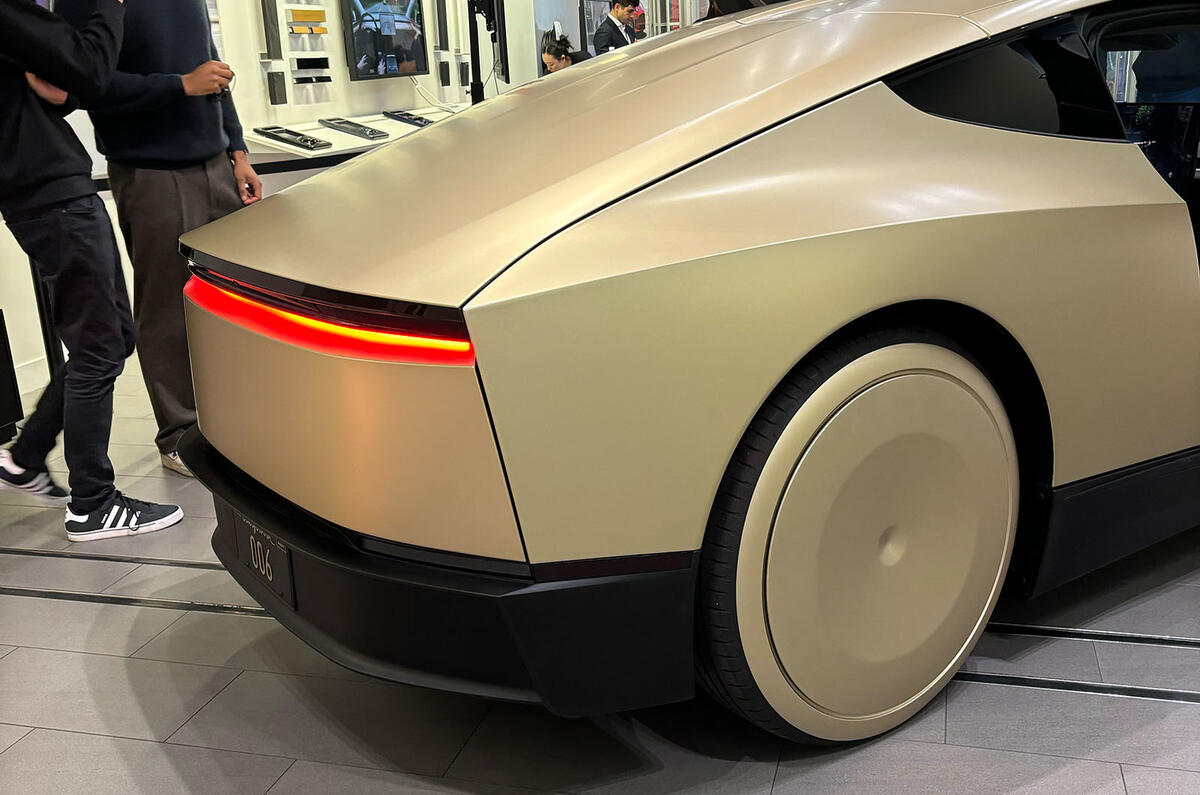
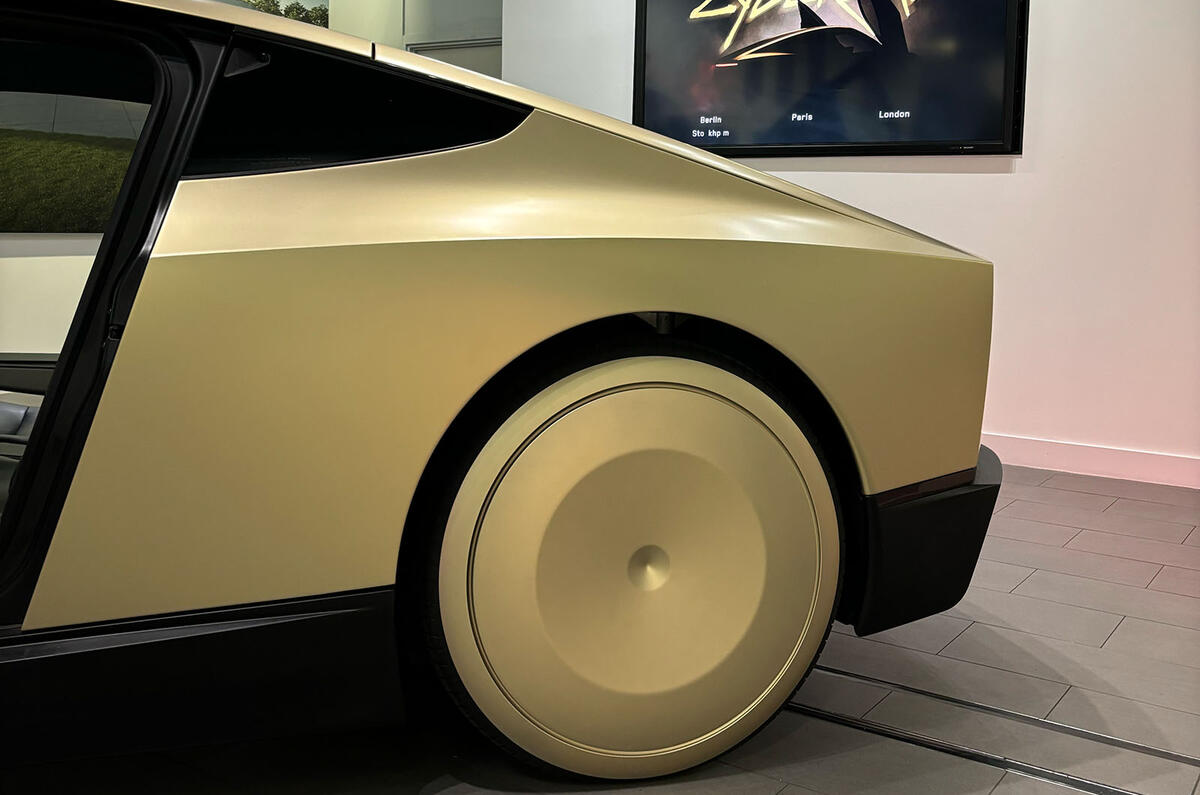

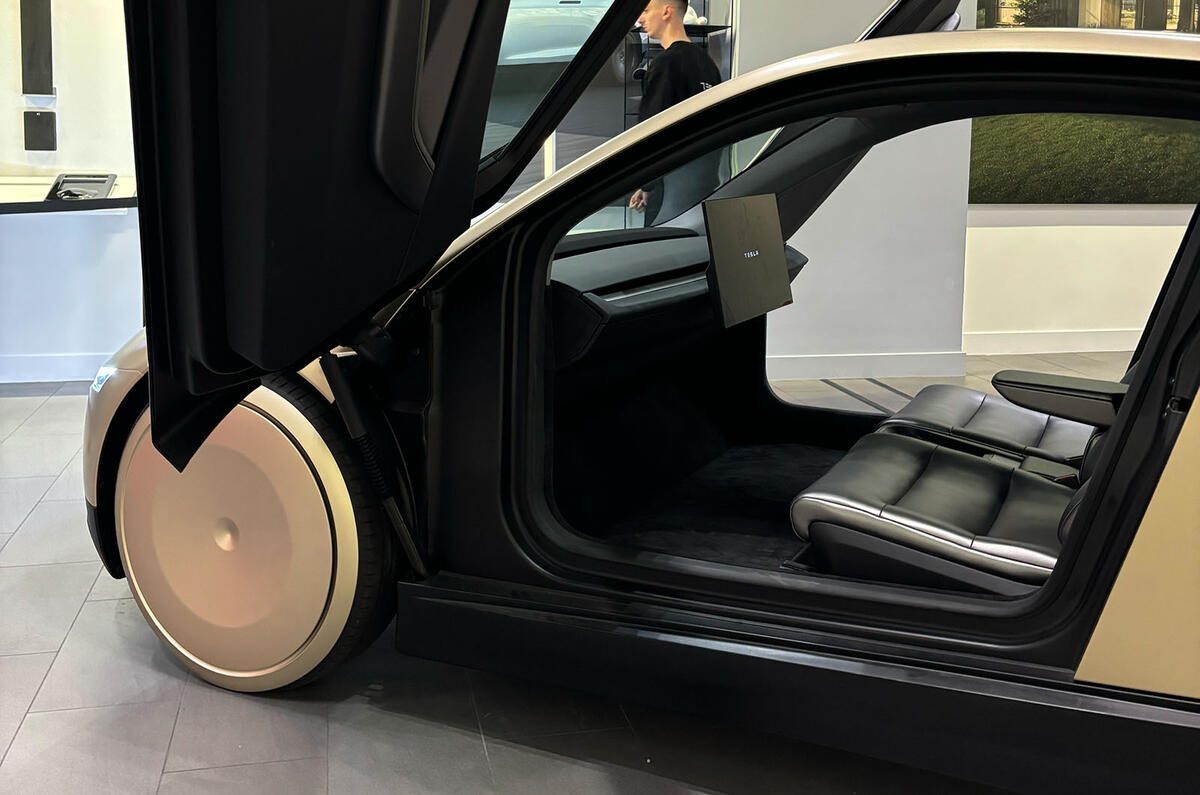
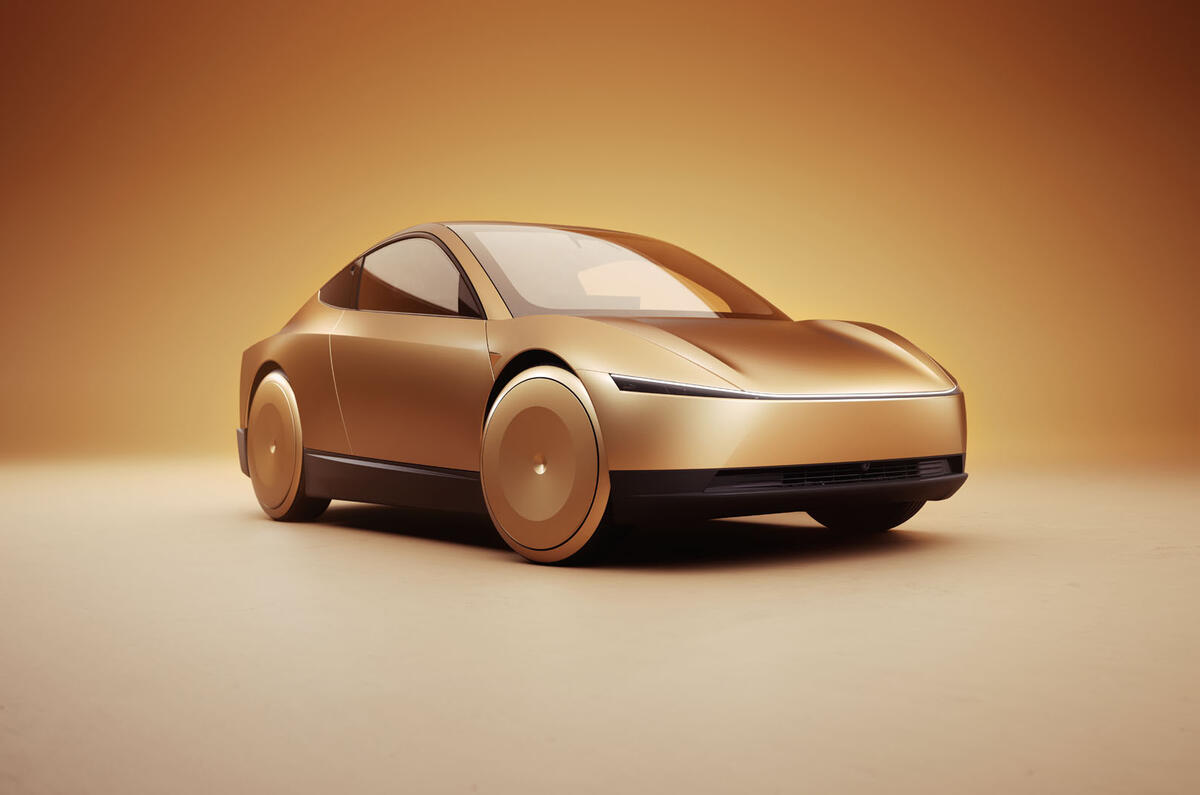

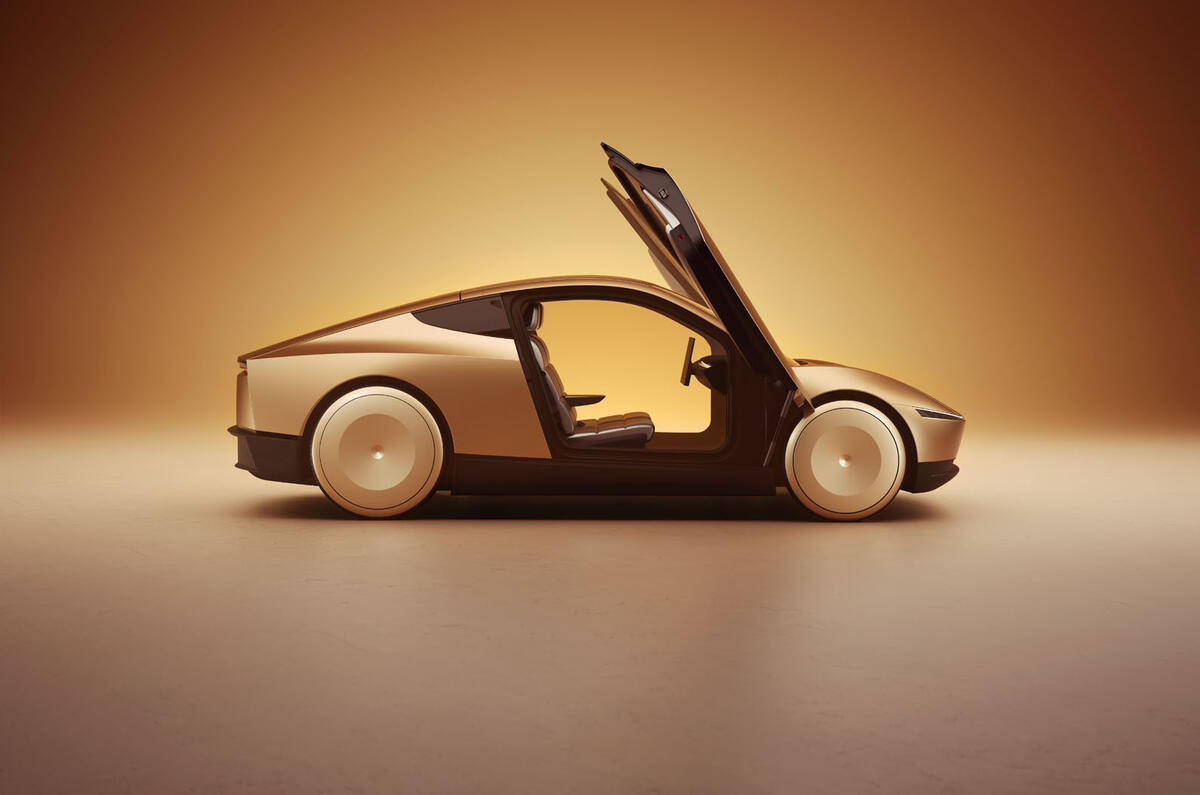

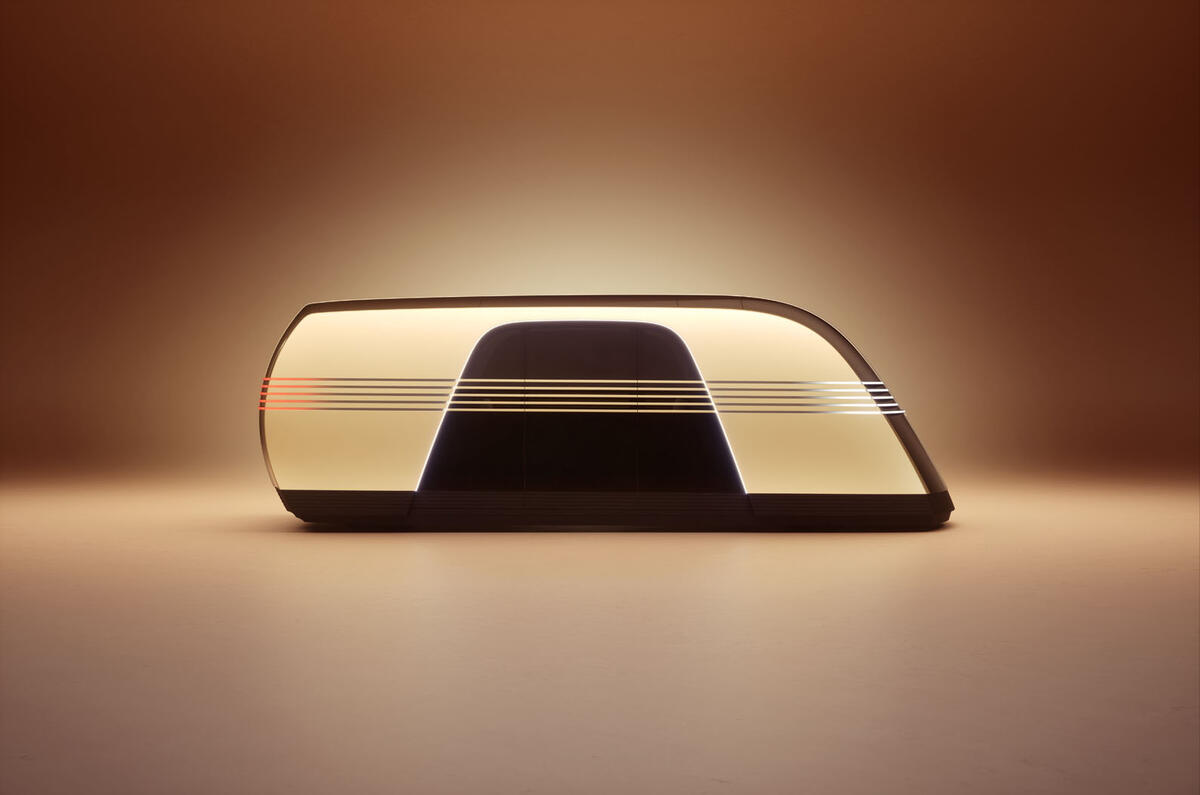
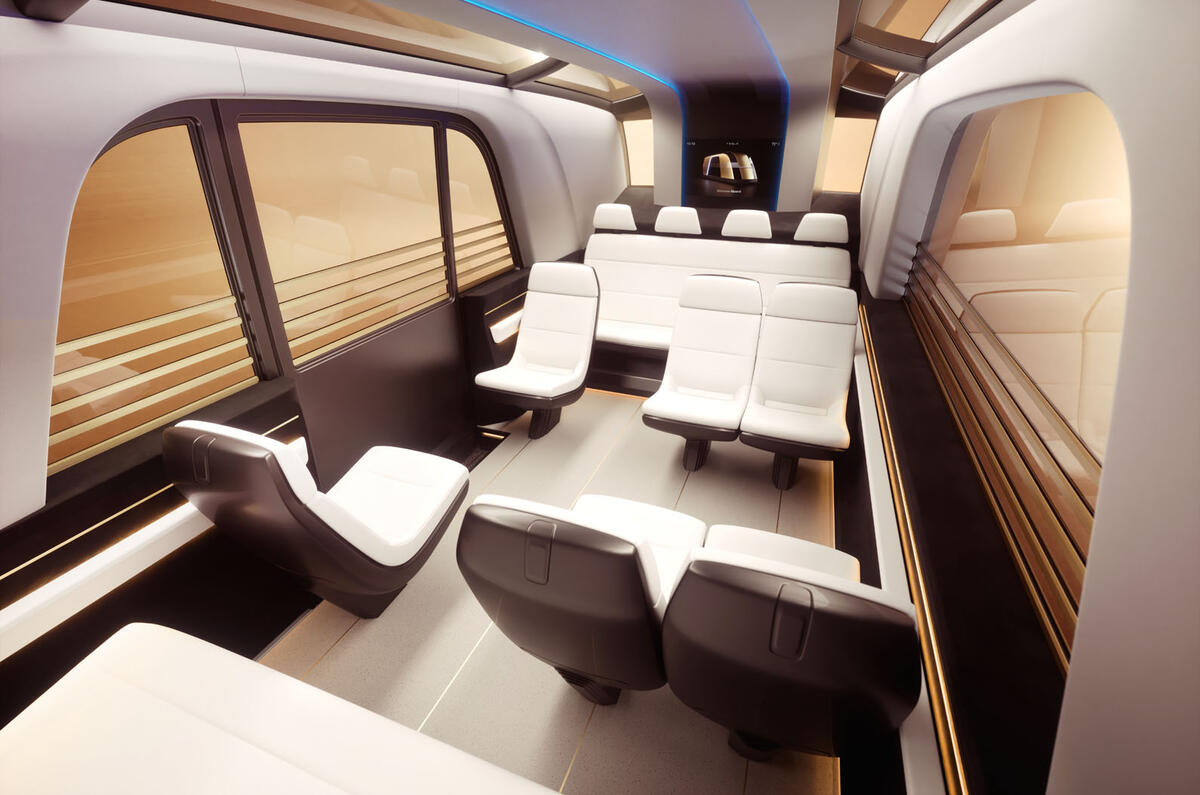
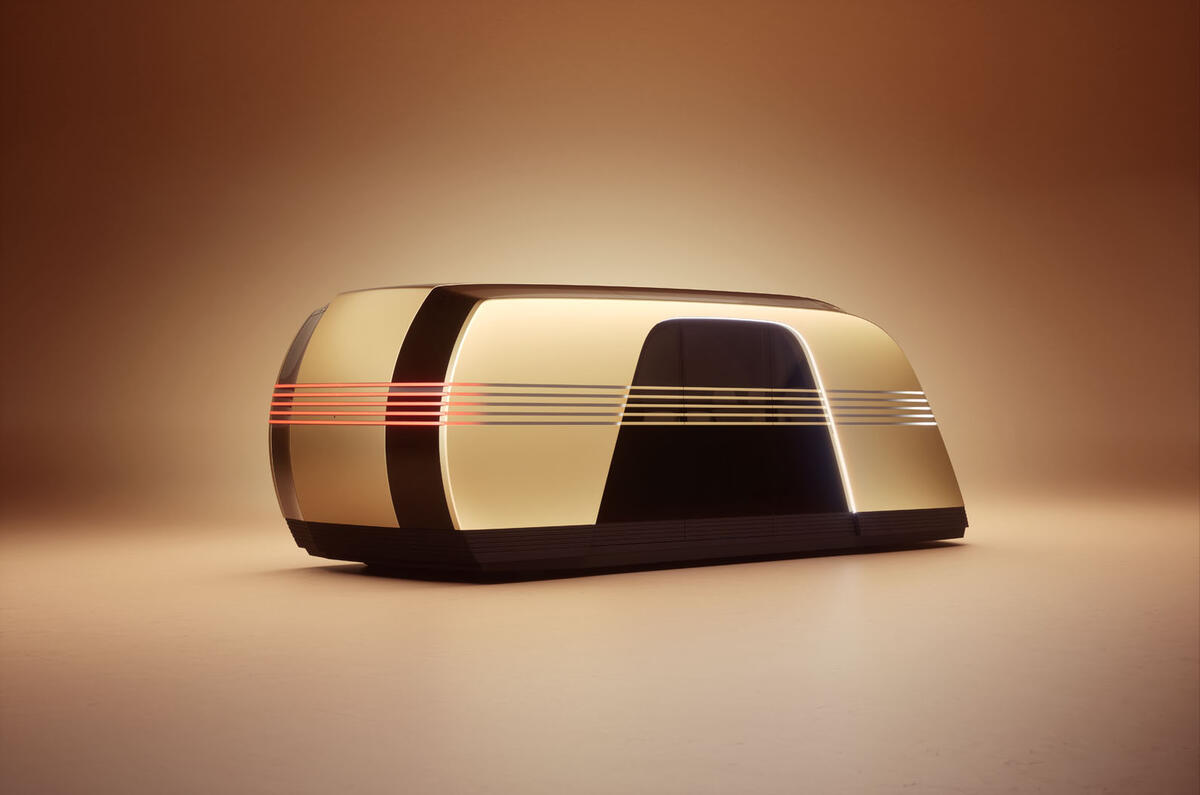
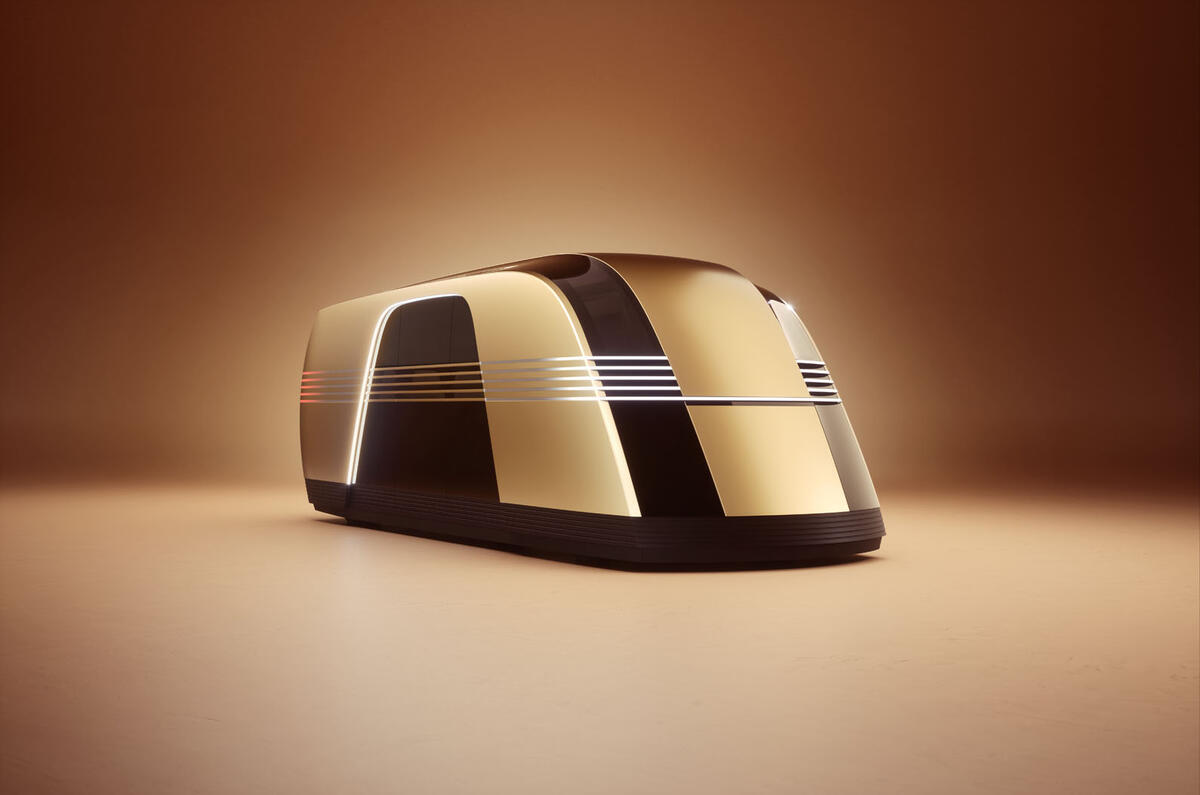
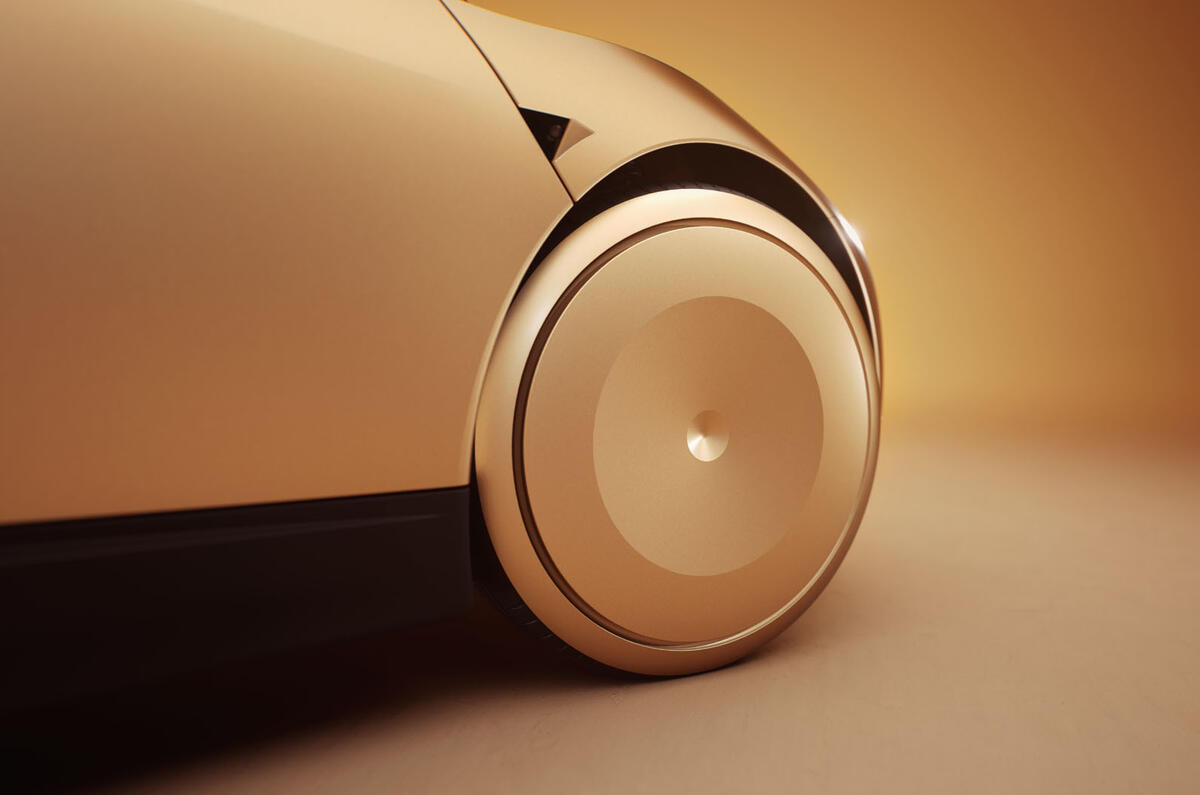
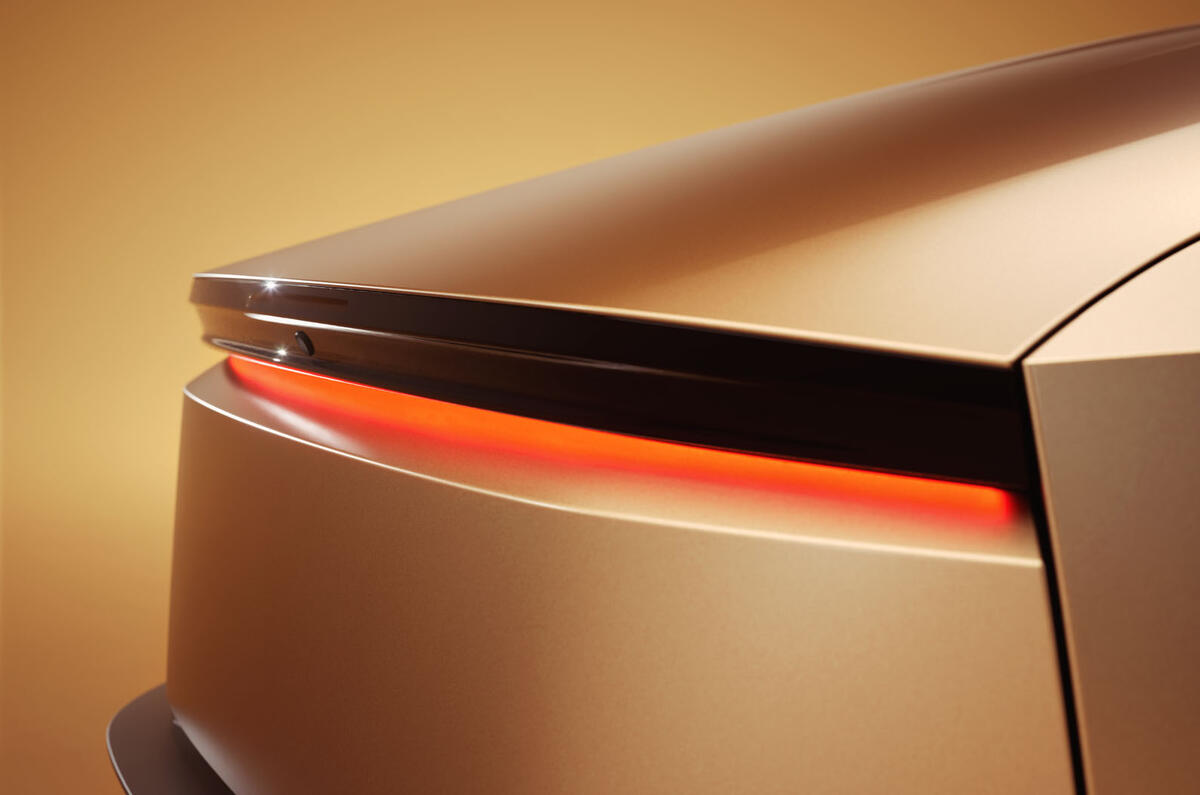
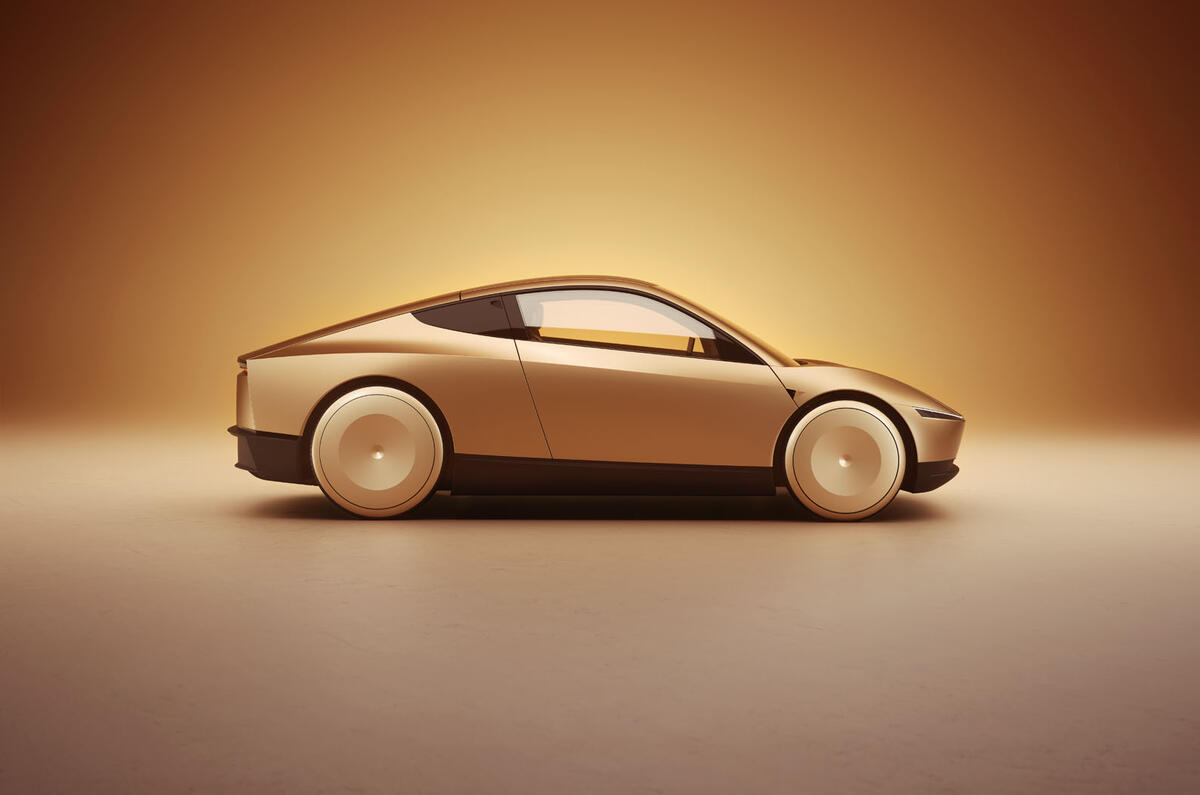
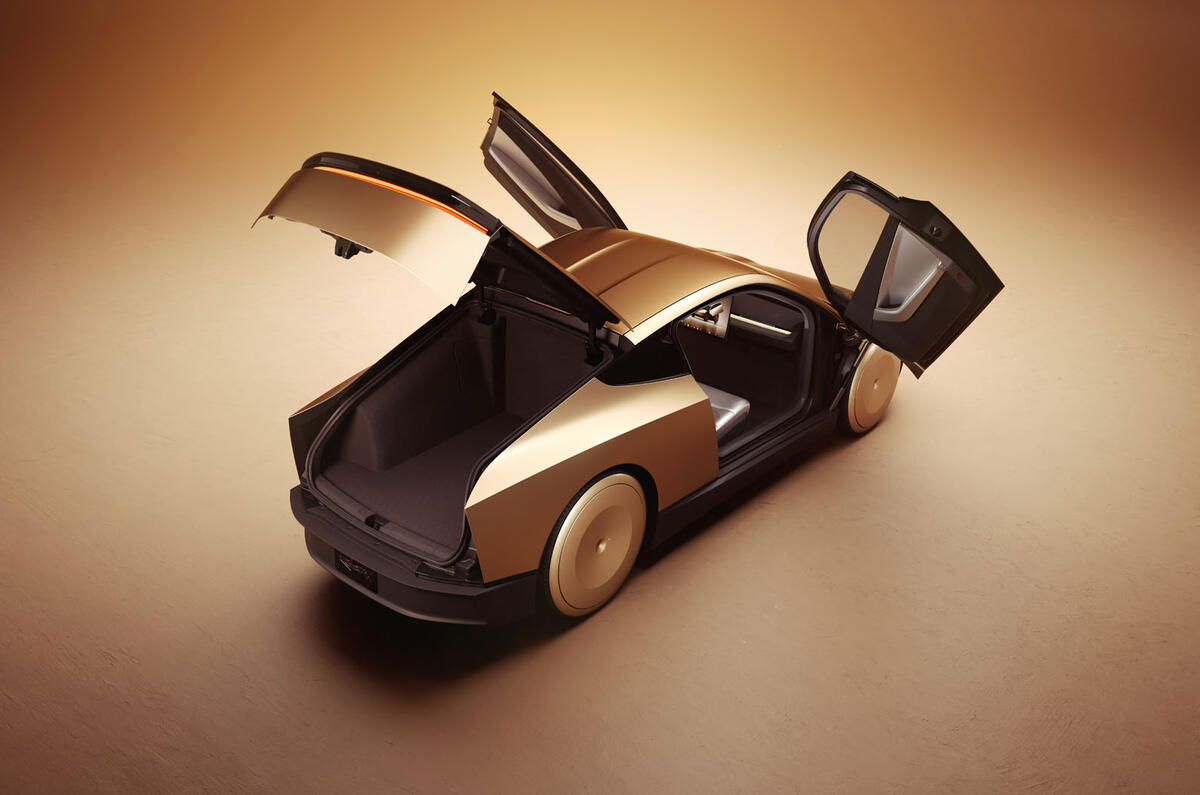
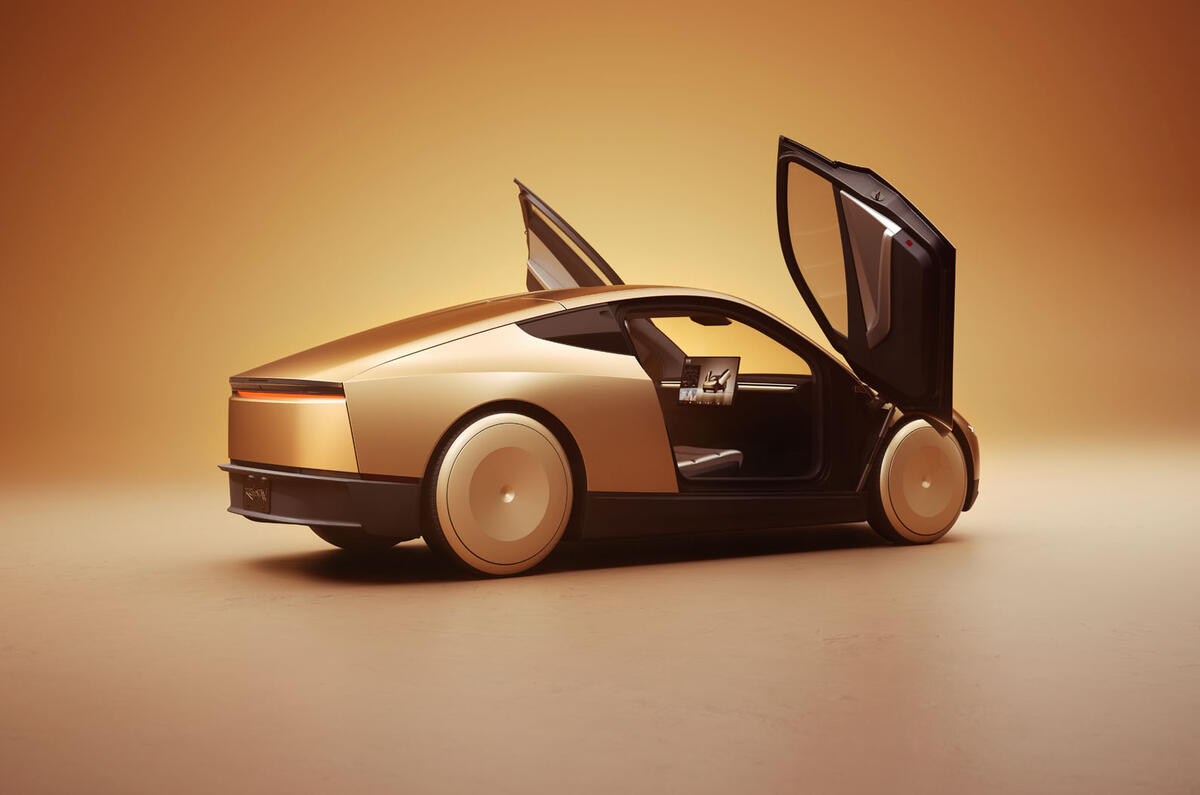

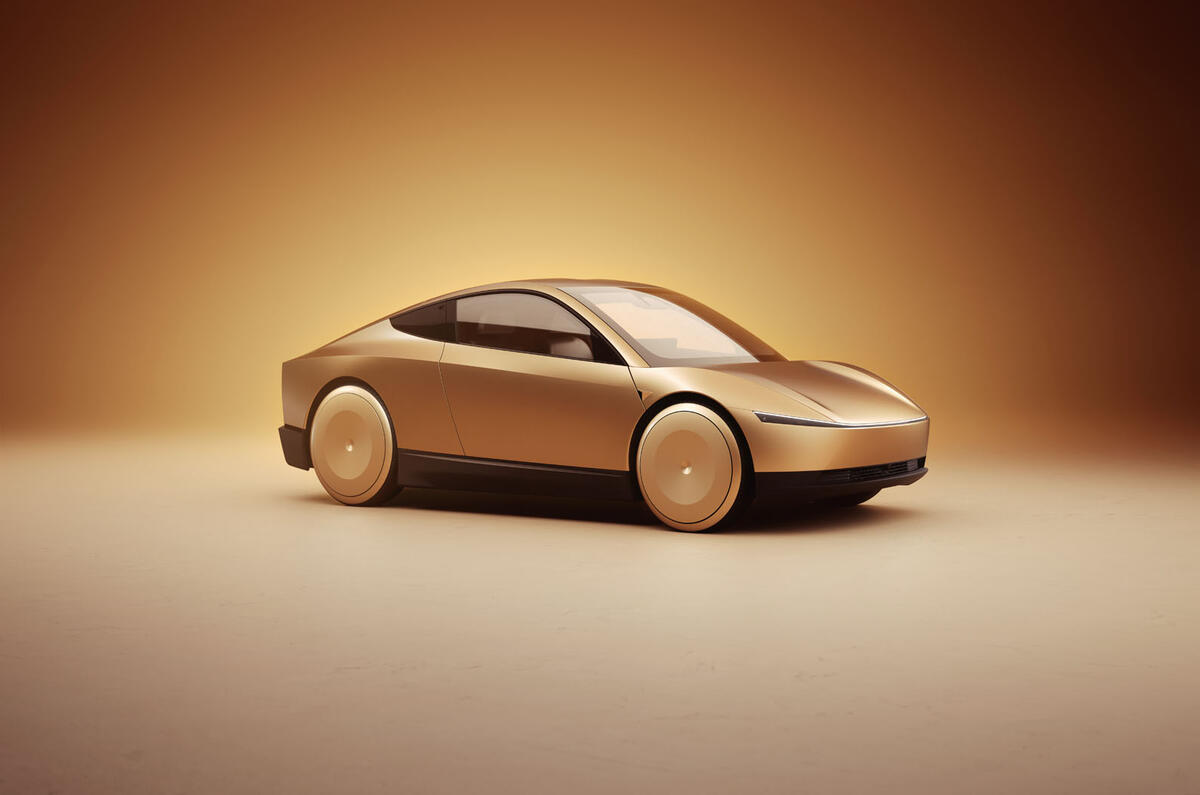
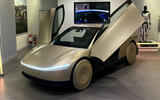
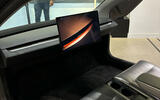
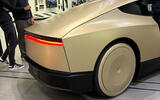
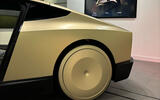
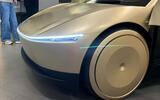
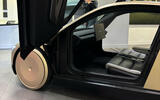



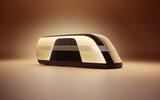

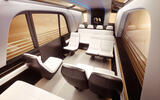

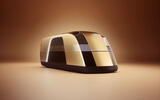

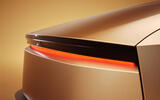

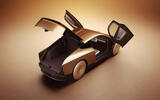
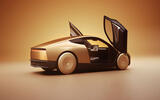
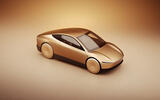
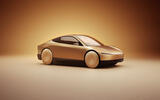






Join the debate
Add your comment
Does anyone actually care? Do people actually still believe anything Musk says about future launches etc?
If you want to create a serious business plan for a robotaxi why would you limit your market by creating a two seater that does not allow for disabled owners, etc? Surely a robotaxi, would be a godsend for the millions of elderly, blind, disabled, infirm? If I was a shareholder I would be seriously concerned by the direction and missed opportunities of Tesla though I suppose it may point to the problem they have is capacity and the limited number of cars they can produce at the moment.
Another thing -- the dire interior: If folks don't drive - they're passengers, being driven not driving. Then interior quality becomes more important not less. And so does ride comfort. Folks shall want their interiors to be comfy and luxuriously outfitted. The ride silent and absent of any ride harshness. I agree with all your points -- however while adding these points.
What a missed oppotunity. The Cybertruck was Musk's first booboo and the binning of the Model 2 the second.
A 33k Model 2 would have destoyed the A Class, A3, top end Golf's etc in the same way the Model 3 did when up against the 3 series and C class.
The best thing for Tesla would be if Musk moved aside and concentated on the space race or solar power.